
Maintaining focus on students in an uncertain time
Preparing for the new school year has probably never been more complicated.
As the state continues to fight the growing COVID-19 pandemic, local associations and school districts across California are spending summer negotiating just what it will look like when instruction resumes next academic year. And while how best to maintain student and educator safety is an ongoing discussion, it appears certain that distance-learning will continue for most if not all school districts for 2020-21.
All of education jumped into the deep end of the distance learning pool last year when schools closed abruptly in response to the pandemic. We asked educators from a variety of disciplines to share some of the experiences and advice moving forward in a remote learning environment.
ESPs need a seat at the table
Kendall Griffin
Ventura Education Support Professionals Association
Ventura Adult and Continuing Education
“Stop laying off the people that we will need to implement [reopening schools] and make it work.”
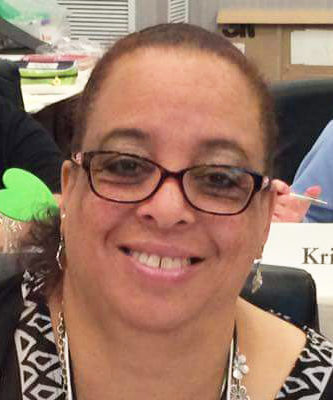
Kendall Griffin
Reopening schools needs to be a group and community effort, and those are the parties that should have input in the process. As an ESP, I know that we are left out of most, if not all, big decision-making discussions, but hopefully not this time. We ESPs will be implementing a majority of the critical processes in reopening schools — including transporting, greeting, feeding, advising, directing, and most of all cleaning!
Whether the plan is staggered/block scheduling, half-days or altered days, the most important step is to start this discussion with everyone. Stop laying off the people that we will need to implement this effort and make it work. I believe that we need teams of parents, ESPs, teachers and administrators by grade level and school site to break down what is needed and the steps to take to implement them.
Meeting students’ social-emotional needs
Barry Roth
San Juan Teachers Association
Encina Preparatory 6-12 High School
“When posting assignments, it’s critical to include that you miss them, care about them, and are there if they need anything — you can’t do this too much.”
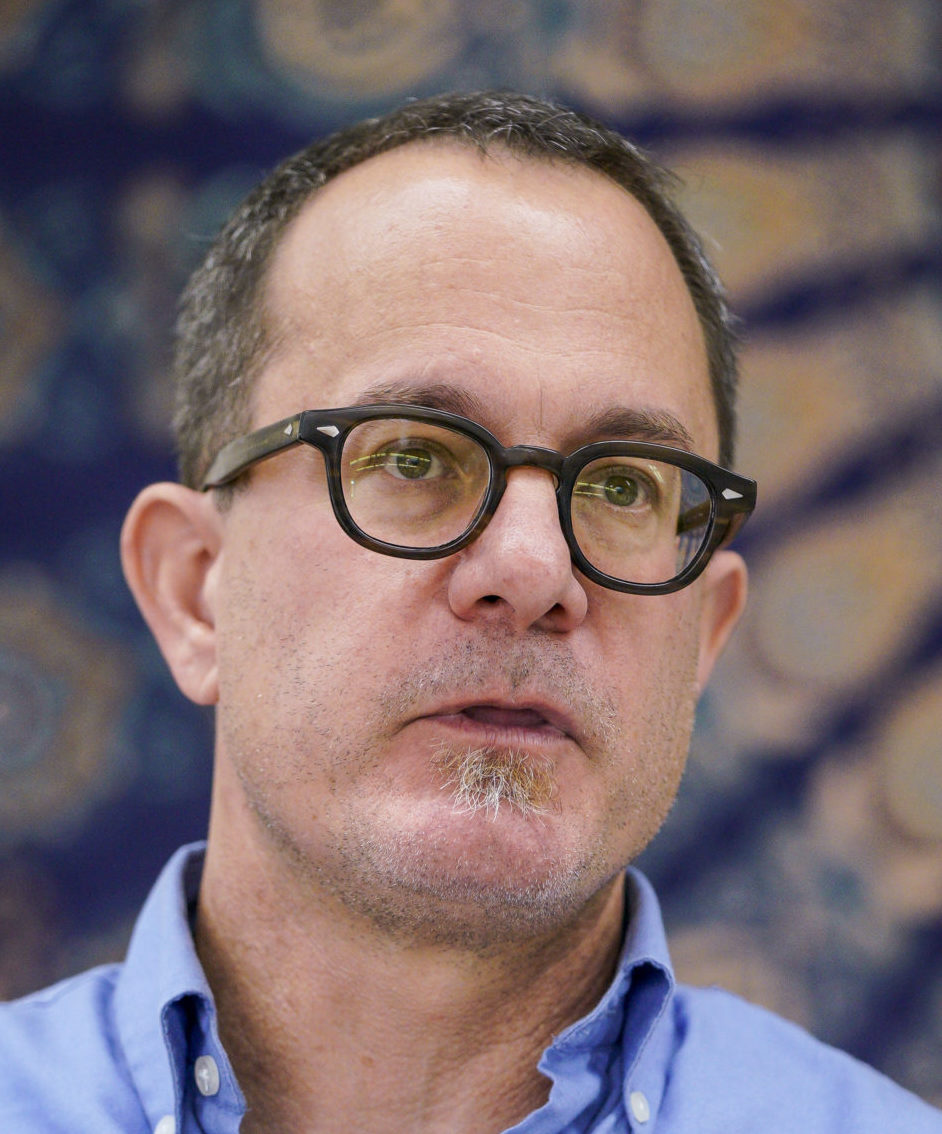
Barry Roth
Being responsive to our students’ social-emotional needs has been very challenging during distance learning. Building relationships is embedded in how our teachers approach all aspects of our craft, but in this void it became glaringly clear that we would struggle to fully support our kids. It was and remains painful to acknowledge that.
School staff is adept at reading body language and listening for clues even in a short exchange, let alone what we learn through more extended in-person exchanges. Distance learning doesn’t allow for this insight. Additionally, the consistent structure that school provides is grounding for many.
During distance learning or a hybrid model, some of the same structures can still play: consistent synchronous lessons, office hours and academic expectations, to name a few. Checking in directly with students via text, email or phone to let kids know that you care and are still there. Asking open-ended questions to allow them time to talk about how they’re maneuvering through this. Open-ended questions on assignments can also work. When posting assignments, it’s critical to include that you miss them, care about them, and are there if they need anything — you can’t do this too much.
Providing students with resources and lessons around self-care and advocating for themselves and family and friends is key. For kids who were receiving services, we tried to keep counseling and groups going virtually; for those who weren’t comfortable with this format, it’s important to [remind them] that support is still available.
In the end, it’s brutally hard, knowing that it’s not as easy to provide support. So, we rethink, retool and find new ways.
Lots of resources for math, but don’t forget fun
Tiffany Scott
Chula Vista Educators
Rogers Elementary School
“To have a little fun during this difficult time, I incorporated math brain teasers. We always did these live together, and the students really enjoyed them.”
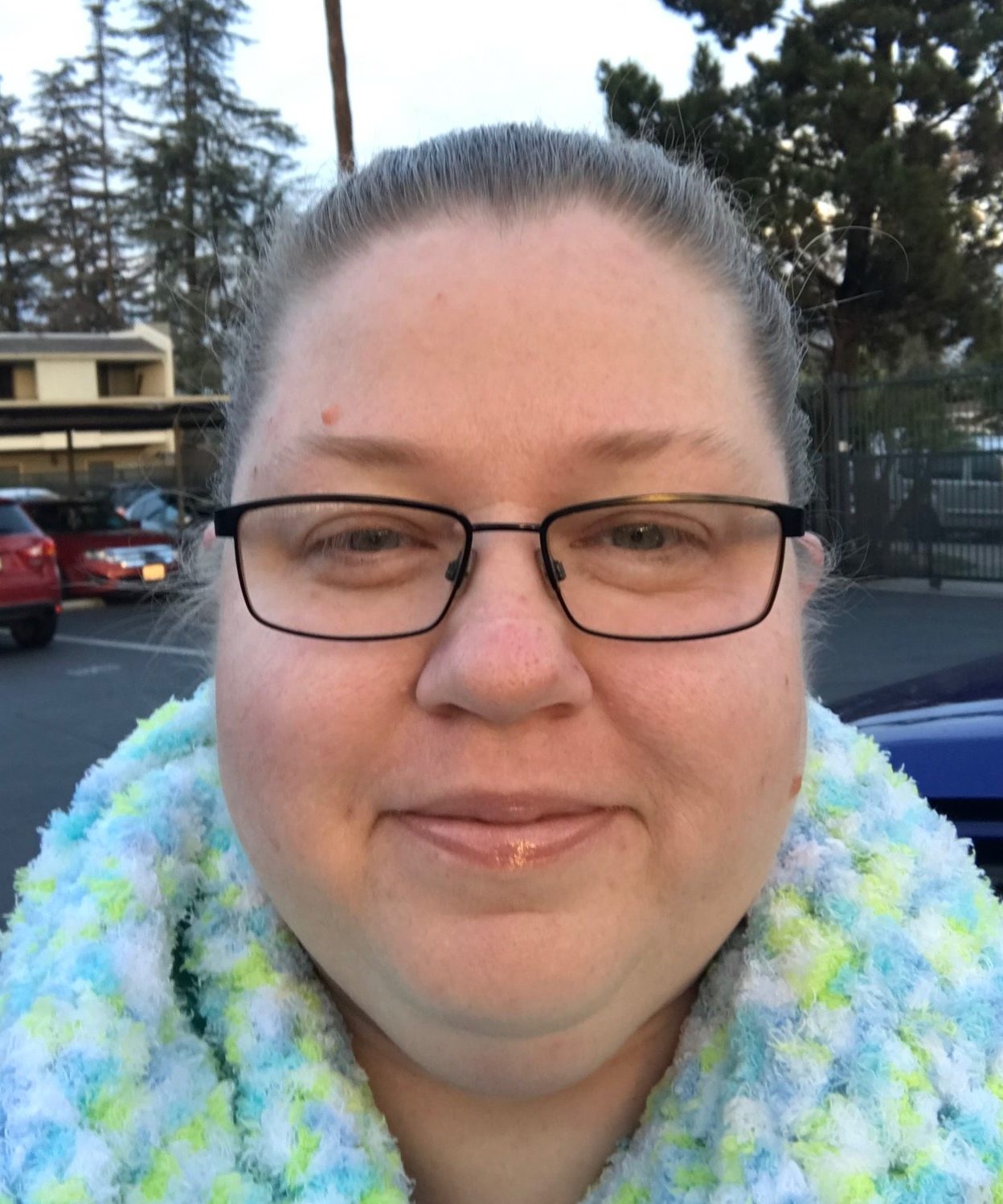
Tiffany Scott
For distance learning in spring of 2020, I taught fifth grade. My primary goal was to make it as “normal” as possible, so I planned activities similar to how we did things in the classroom. I met with my students on Microsoft Teams twice daily; however, some of my students had technology limitations and time restrictions, so I also recorded and uploaded videos for students to access at their convenience. I was also available to students throughout the day to meet on Teams if they needed more support.
For daily spiral review, I used Daily Math Practice, Grade 5 from Evan-Moor Corp. I scanned each week’s packet into Teams and OneNote on Sunday nights. Students would put their responses into OneNote each day, and I would upload a key, record a solutions video, and provide feedback to their responses daily.
I also utilized the online program i-Ready, which provides standards-based video lessons and activities. The students had to be on for at least 20 minutes a day to work on their “My Path” (lessons planned for them based on their midyear assessment) and teacher-assigned lessons based on grade-level standards. Other online programs I had available to the students if they wanted were ST Math and Prodigy.
To have a little fun during this difficult time, I also incorporated some math brain teasers. We always did these live together, and the students really enjoyed them.
Prioritize collaboration with journalistic learning
Taunya Jaco
San Jose Teachers Association
Hoover Middle School
“When students are guided to learn based on their own curiosities, they learn to think critically, become more engaged, develop their communication skills, and build their confidence.”
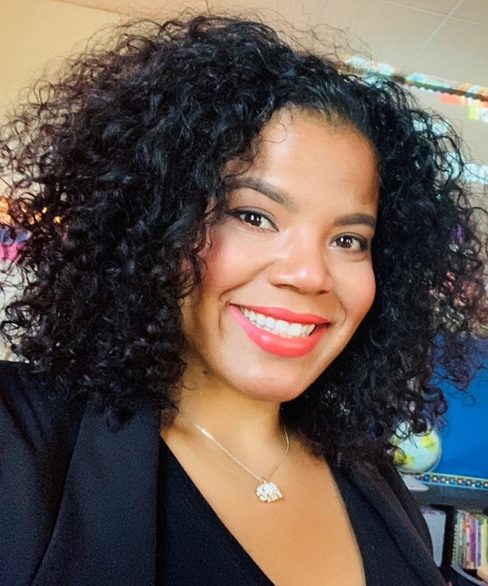
Taunya Jaco
I believe that every experience is an opportunity to learn. We as educators must model what it looks like to be a lifelong learner for our students. Nearly every family statewide has the means to access information online, which means that it is not up to me to impart knowledge, but rather to coach students on how to think critically about the world and navigate the overwhelming amount of information.
I found that one of the best techniques during this time of distance learning is to take a journalistic approach. Journalistic learning (journalisticlearning.com) can be used across content matter, and it empowers students to take the lead in their learning. It prioritizes inquiry, collaboration (even digitally), and requires students to produce a media project to show what they’ve learned. When students are guided to learn based on their own curiosities, they not only learn to think critically, but they also become more engaged, develop their communication skills, and build their confidence.
I recommend trying this approach with current events, which allows students the opportunity to process what’s happening in the world around them as they are experiencing it. In my class, students also create their own online portfolios using Google Sites, showing off what they learned by publishing a blog on their website and then receiving feedback from their peers. The idea is to teach students how to ask open-ended questions so that they can lead their learning through inquiry, provide them with choice, allow them to investigate based on their interest, make connections, and then share their findings by publishing their work.
Support community college students’ unique needs
Dorothy Reina
Riverside Community College District Faculty Association
Norco College and Victor Valley College
“There are two bits of advice I took to heart: Be flexible and don’t expect perfection of yourself or your students.”
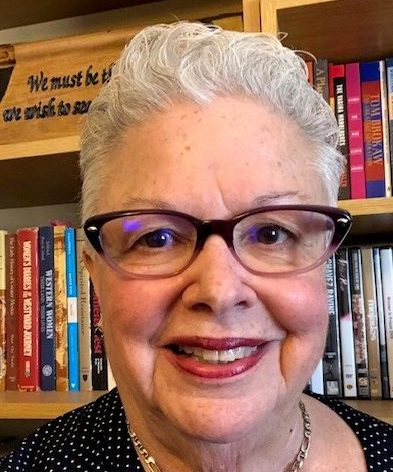
Dorothy Reina
The closure of classrooms necessitated a quick reconstruction of classes and a move to online teaching. I was fortunate because I had already been teaching a combination of online and face-to-face classes. However, many of my colleagues were learning Canvas for the first time — and they had one week to learn it and make their classes student-ready!
But all my classes were impacted by the closures. Why? Because the lives of my students changed. The dual-enrolled high school students now had to migrate from one online class to seven or eight online classes. My other students had to juggle family, work, school, and now teaching responsibilities, since their children were also receiving their education via an online platform. In many cases, my students also found themselves having to work longer hours, especially those working in grocery stores, delivery services and the medical professions. The time they normally set aside for class no longer existed. In other cases, students found themselves out of work and wondering how they were going to survive.
There are two bits of advice I took to heart: Be flexible and don’t expect perfection of yourself or your students. My original syllabus for each class underwent various iterations throughout the remainder of the course. Some assignments work great in a face-to-face setting, but don’t translate well online. This is where flexibility came into play. In some cases, this meant extending deadlines for assignments, eliminating assignments or rewriting them to alleviate some of the stress students were experiencing.
In the end, how did we all fare? Well, there were some students who felt overwhelmed and made the decision to drop the class and take it when life became less stressful. For the most part, the students hung in there and made it to the end of the semester!
The world is your students’ laboratory
Stephen Gorgone
Santa Ana Educators Association
Santa Ana High School
“We can have students investigate problems in their environments and develop ways of solving them without the need of the laboratory.”

Stephen Gorgone
Since engaging students with in-class labs, investigations and dissections is not possible in this environment, we are forced to find other ways. We could have students ask and investigate questions about phenomena in their surroundings while learning about themselves and their environments. Students can be asked to go on walks and observe phenomena or organisms from nature they did not notice before. We can have them investigate problems in their environments and develop ways of solving them without the need of the laboratory. We can help students design experiments they can run on their own with resources available to try and answer questions and solve problems in their environments.
We can also use Zoom or Google Meets to create community discussions and breakout rooms of small groups where students talk like scientists about what they are learning while they collaborate on their investigations and problem-solving. This allows the students to act, think and behave like scientists without the normal four-walled classroom we are so familiar with.
Authentic connections are still the core of teaching
Shannon Ladwig
Hacienda La Puente Teachers Association
Newton Middle School
“We have been challenged every year with new schedules, new students, new programs, and more. While this challenge is like no other, the solution is the same, and we need to remember, we got this!”
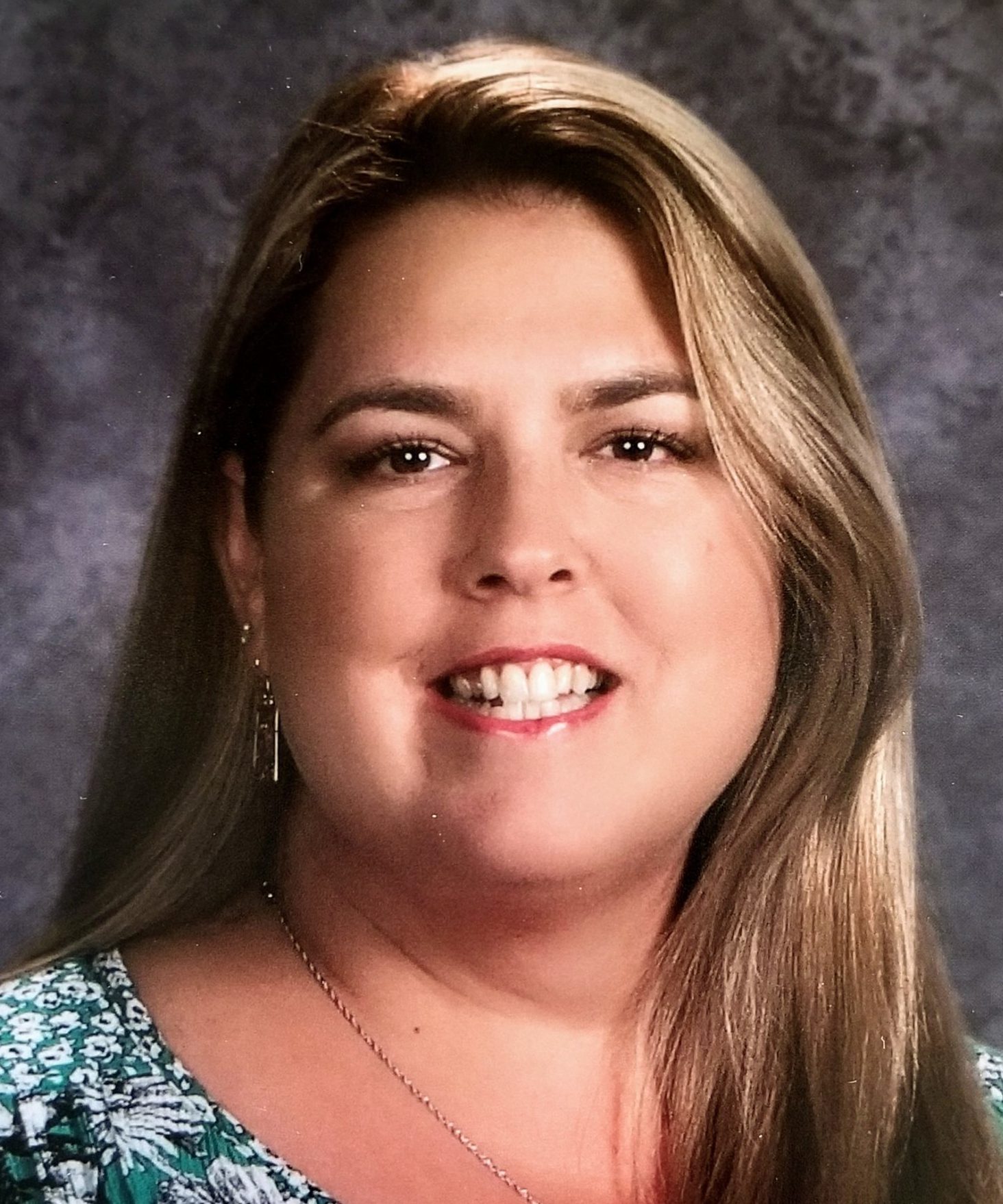
Shannon Ladwig
When March 13 happened and suddenly my students were not returning to the classroom, I was not returning to the classroom, I was at a loss on what to do. But I knew I could not under any circumstances lose my connections, my relationships with these kids. So before I started to create online lessons, I stuck with what I knew — connect and stay connected. Staying connected to students and families, providing strong online programs, recording lessons, and bringing in fun activities worked for my students.
Connect
My distance learning began with making sure all my students replied to Google Classroom. Getting them to do the work would become a challenge, but having them reply with a simple “I’m here” or “I’m connected” worked wonders. I made my first post like this on March 14 and sent home a Remind to parents. A few weeks after the shutdown, I noticed attendance dropping and incomplete assignments rising, so I posted a meme about how I felt regarding the pandemic and asked students to reply with a meme of their own using a free meme generator such as Imgflip, and guess what? Over 75 percent of my 140 students responded. Why? I think for the same reasons that students typically do well in class — they felt connected, interested, and it challenged them.
Let students lead
Finding online sites/programs was not the challenge. Learning how to use and teach them was another thing. One takeaway is that many students at the middle school level need little direct instruction — they want to dive in, and on more than one occasion they taught the teacher. Of course, they received public shout-outs, which created more drive to be the first one to “get it” and share it with the class. We must be courageous enough to provide online programs to our students and know that we will learn this like we have learned every other platform, program, and new pedagogy that comes each year.
Record lessons
Recording lessons and then following up live on Zoom or through Google Classroom allowed me to teach a complete lesson while also allowing students to pause and rewind when necessary. Topics included the writing formats such as RACES, grammar, and pro/con articles. Have students do something while reading, i.e., highlight, annotate, answer questions in the chat bar (if using Zoom), stop and ask questions — the same strategies we would use in the classroom. Recordings were posted on Google Classroom with handouts or resources. Students were expected to watch the lessons and complete the work for the following Zoom meeting. During the Zoom meeting I would go over the assignment, answer questions, and give students the opportunity to discuss. Students who had questions prior to the Zoom meeting would ask them on the assignment thread.
Online programs
Find online programs that will help you teach or grade or both. [I used] CommonLit, a free online literature/reading comprehension program. I assigned several articles/readings per week. There was a pattern — assign, instruct, and give feedback. I strongly recommend this program for the abundance of reading selections, multiple-choice questions, and the constructed response exemplar answers that are provided.
Change up
Like everything else, once the novelty of a new program wore off, I had to get creative. Cue the next new-to-me program, Flipgrid! The students loved it! This program allows students to record themselves and then post it on the Flipgrid site. They can view other students’ Flipgrids, comment on them, and even give stars (similar to likes on Facebook). Students wanted to make sure that their videos were worth watching, so they invested the time to think out their answers.
We have been challenged every year with new schedules, new students, new programs, and more. While this challenge is like no other, the solution is the same, and we need to remember, we got this! So, connect with students and their families and get those Google Classrooms, Zoom meetings, and Remind Class Codes set up, because you are about to have the biggest impact on students this year, and they will remember you and this time forever.
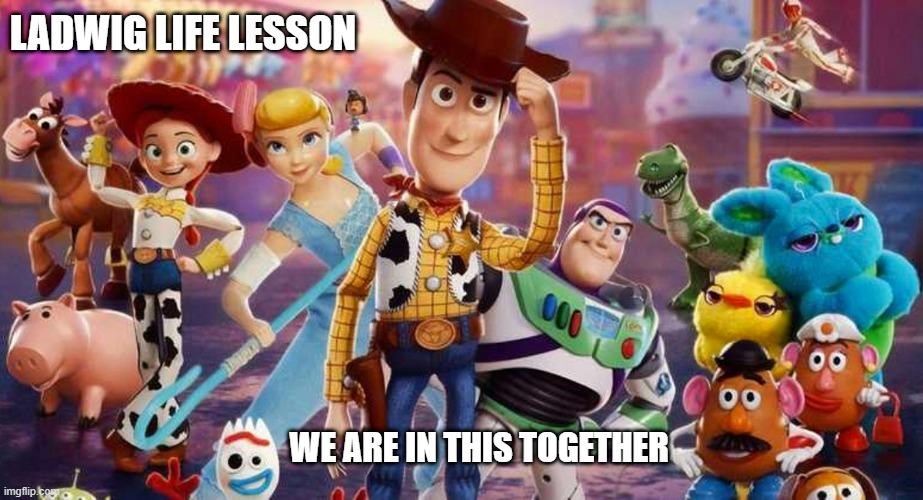
When Shannon Ladwig noticed students’ attention flagging online, she posted the meme above, saying, “We are all having mixed emotions right now and can probably identify feeling like each of these characters… strong, weak, smart, not so smart, daring, shy, goofy, angry, joyful, sad, and happy.” She asked students to make a similar meme and most did; samples below.
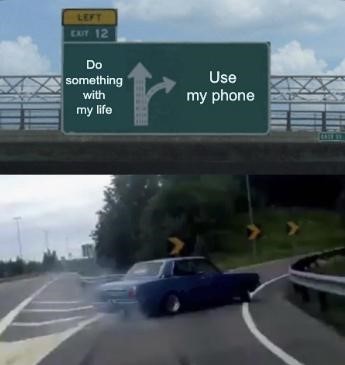
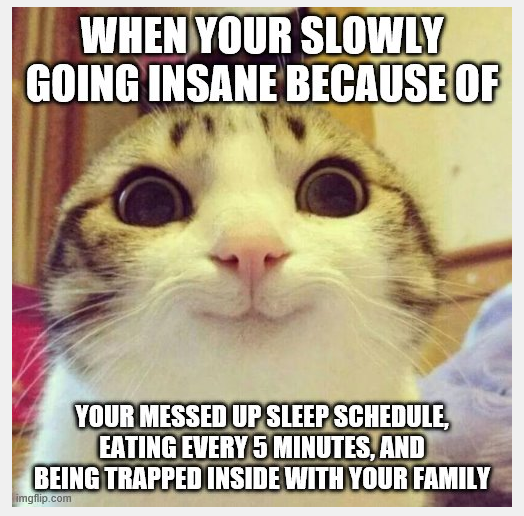
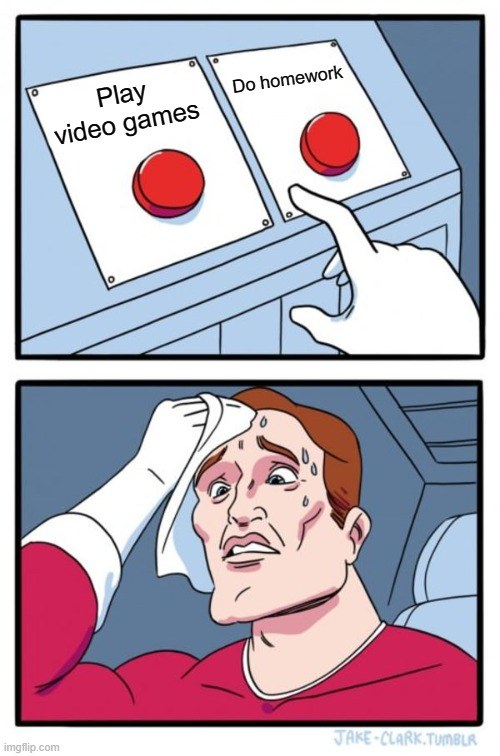
Featured image: Morning Brew/Unsplash